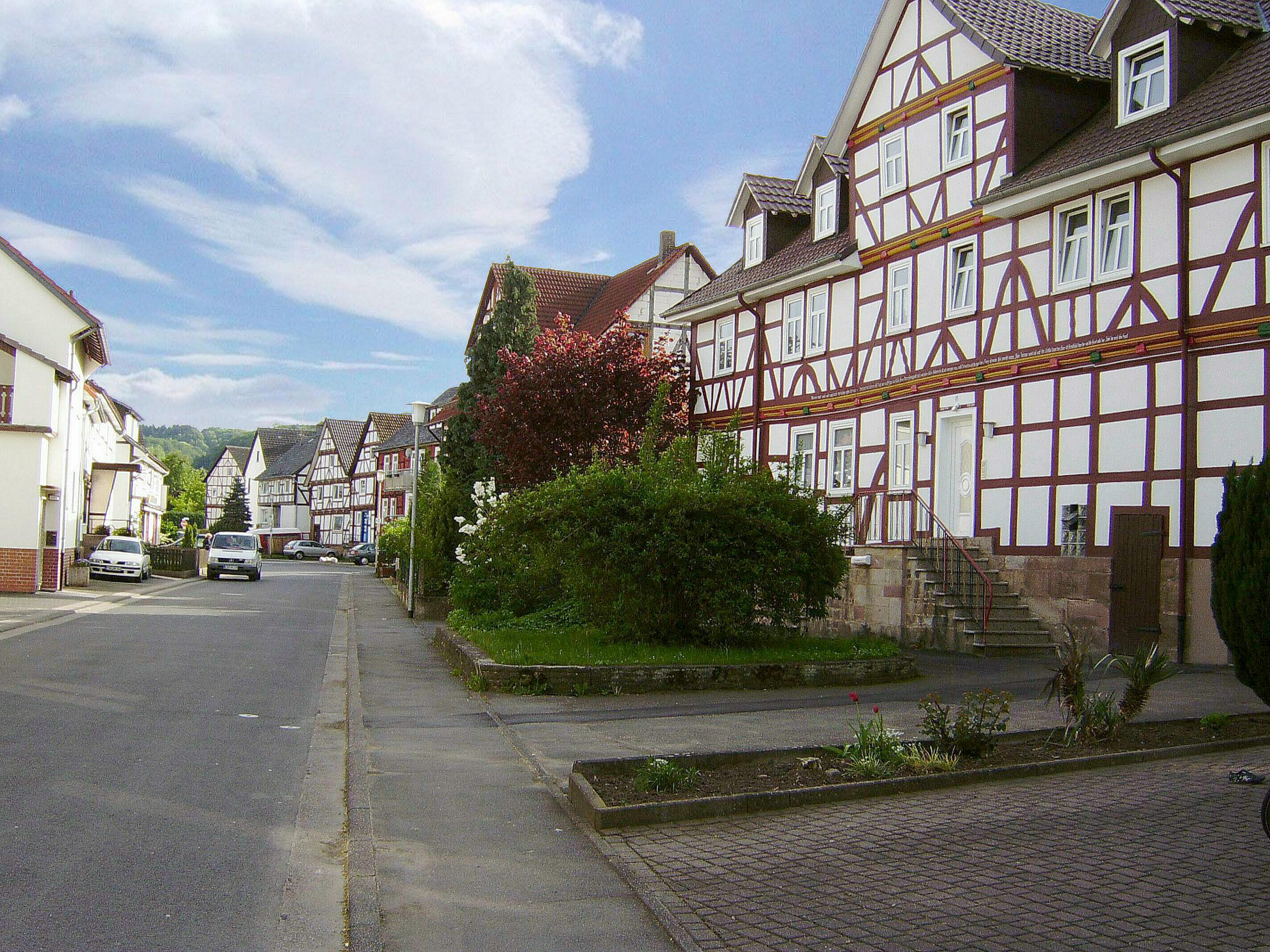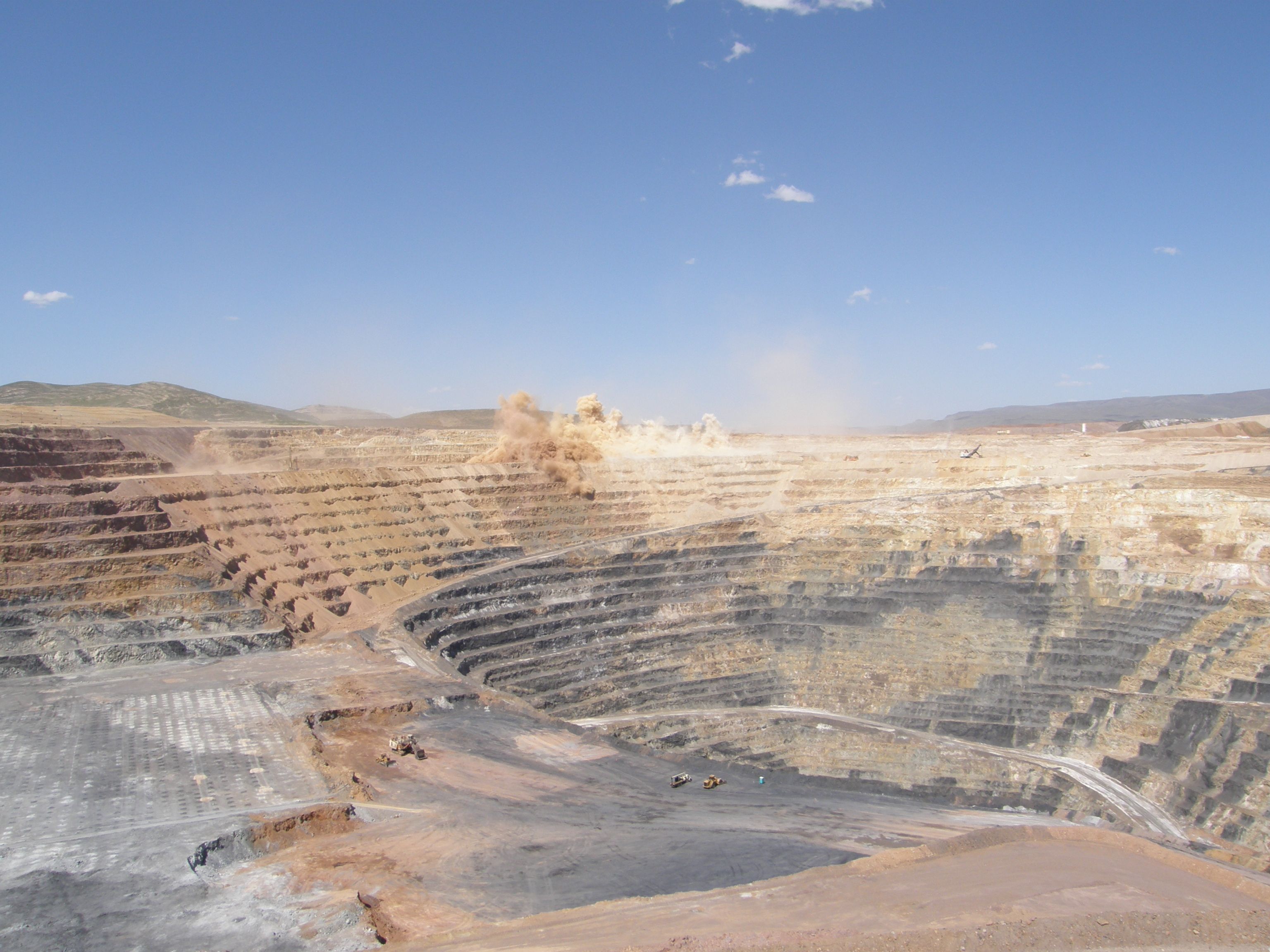|
Grüner See (Hundelshausen)
Grüner See is a lake in Hundelshausen, Hesse, Germany. At an elevation of , its surface area is ca. . Origin The Green Lake, which is partially surrounded by steep slopes, was formed in 1940 when an abandoned open-cast mining pit from a gypsum quarry filled with groundwater, precipitation, and surface water. Its green color is due to its abundance of phytoplankton Phytoplankton () are the autotrophic (self-feeding) components of the plankton community and a key part of ocean and freshwater Aquatic ecosystem, ecosystems. The name comes from the Greek language, Greek words (), meaning 'plant', and (), mea .... References Lakes of Hesse {{Hesse-geo-stub ... [...More Info...] [...Related Items...] OR: [Wikipedia] [Google] [Baidu] |
Hundelshausen
Witzenhausen () is a small town in the Werra-Meißner-Kreis in northeastern Hesse, Germany. It was granted town rights in 1225, and until 1974 was a district seat. The University of Kassel maintains a satellite campus in Witzenhausen, which offers an ecological agricultural sciences programme, putting Witzenhausen among Germany's smallest university towns. There is also a teaching institute ( DEULA) for environment and technology, agriculture, horticulture and landscaping. The town is nationally known for the invention of the ''Biotonne'' biological refuse container, and is an important cherry-growing area, with a yearly ''Kesperkirmes'' or “Cherry Fair” (''Kesper'' is a regional name for the cherry), at which a Cherry Queen (''Kirschenkönigin'') is chosen. Geography Location Witzenhausen lies on the northeast slope of the Kaufunger Wald, which is surrounded by the Meißner-Kaufunger Wald Nature Park. The town is found at the mouth of the Gelster, where it empties into the W ... [...More Info...] [...Related Items...] OR: [Wikipedia] [Google] [Baidu] |
Hesse
Hesse or Hessen ( ), officially the State of Hesse (), is a States of Germany, state in Germany. Its capital city is Wiesbaden, and the largest urban area is Frankfurt, which is also the country's principal financial centre. Two other major historic cities are Darmstadt and Kassel. With an area of 21,114.73 square kilometers and a population of over six million, it ranks seventh and fifth, respectively, among the sixteen German states. Frankfurt Rhine-Main, Germany's second-largest metropolitan area (after Rhine-Ruhr), is mainly located in Hesse. As a cultural region, Hesse also includes the area known as Rhenish Hesse (Rheinhessen) in the neighboring state of Rhineland-Palatinate. Etymology The German name , like the names of other German regions ( "Swabia", "Franconia", "Bavaria", "Saxony"), derives from the dative plural form of the name of the inhabitants or German tribes, eponymous tribe, the Hessians (, singular ). The geographical name represents a short equivalent o ... [...More Info...] [...Related Items...] OR: [Wikipedia] [Google] [Baidu] |
Lake
A lake is often a naturally occurring, relatively large and fixed body of water on or near the Earth's surface. It is localized in a basin or interconnected basins surrounded by dry land. Lakes lie completely on land and are separate from the ocean, although they may be connected with the ocean by rivers. Lakes, as with other bodies of water, are part of the water cycle, the processes by which water moves around the Earth. Most lakes are fresh water and account for almost all the world's surface freshwater, but some are salt lakes with salinities even higher than that of seawater. Lakes vary significantly in surface area and volume of water. Lakes are typically larger and deeper than ponds, which are also water-filled basins on land, although there are no official definitions or scientific criteria distinguishing the two. Lakes are also distinct from lagoons, which are generally shallow tidal pools dammed by sandbars or other material at coastal regions of ocean ... [...More Info...] [...Related Items...] OR: [Wikipedia] [Google] [Baidu] |
Germany
Germany, officially the Federal Republic of Germany, is a country in Central Europe. It lies between the Baltic Sea and the North Sea to the north and the Alps to the south. Its sixteen States of Germany, constituent states have a total population of over 84 million in an area of , making it the most populous member state of the European Union. It borders Denmark to the north, Poland and the Czech Republic to the east, Austria and Switzerland to the south, and France, Luxembourg, Belgium, and the Netherlands to the west. The Capital of Germany, nation's capital and List of cities in Germany by population, most populous city is Berlin and its main financial centre is Frankfurt; the largest urban area is the Ruhr. Settlement in the territory of modern Germany began in the Lower Paleolithic, with various tribes inhabiting it from the Neolithic onward, chiefly the Celts. Various Germanic peoples, Germanic tribes have inhabited the northern parts of modern Germany since classical ... [...More Info...] [...Related Items...] OR: [Wikipedia] [Google] [Baidu] |
Open-pit Mining
Open-pit mining, also known as open-cast or open-cut mining and in larger contexts mega-mining, is a surface mining technique that extracts rock (geology), rock or minerals from the earth. Open-pit mines are used when deposits of commercially useful ore or rocks are found near the surface where the overburden is relatively thin. In contrast, deeper mineral deposits can be reached using underground mining. Open-pit mining is considered one of the most dangerous industrial sector, sectors in the industrial world. It causes significant effects to miners' health, as well as damage to the ecological land and water. Open-pit mining causes changes to vegetation, soil, and bedrock, which ultimately contributes to changes in surface hydrology, groundwater levels, and flow paths. Additionally, open-pit produces harmful pollutants depending on the type of mineral being mined, and the type of mining process being used. Extraction Miners typically drill a series of test holes to locate ... [...More Info...] [...Related Items...] OR: [Wikipedia] [Google] [Baidu] |
Gypsum
Gypsum is a soft sulfate mineral composed of calcium sulfate Hydrate, dihydrate, with the chemical formula . It is widely mined and is used as a fertilizer and as the main constituent in many forms of plaster, drywall and blackboard or sidewalk chalk. Gypsum also Crystallization, crystallizes as translucent crystals of selenite (mineral), selenite. It forms as an evaporite mineral and as a Mineral hydration, hydration product of anhydrite. The Mohs scale of mineral hardness defines gypsum as hardness value 2 based on Scratch hardness, scratch hardness comparison. Fine-grained white or lightly tinted forms of gypsum known as alabaster have been used for sculpture by many cultures including Ancient Egypt, Mesopotamia, Ancient Rome, the Byzantine Empire, and the Nottingham alabasters of Medieval England. Etymology and history The word ''wikt:gypsum, gypsum'' is derived from the Greek language, Greek word (), "plaster". Because the quarry, quarries of the Montmartre district of P ... [...More Info...] [...Related Items...] OR: [Wikipedia] [Google] [Baidu] |
Phytoplankton
Phytoplankton () are the autotrophic (self-feeding) components of the plankton community and a key part of ocean and freshwater Aquatic ecosystem, ecosystems. The name comes from the Greek language, Greek words (), meaning 'plant', and (), meaning 'wanderer' or 'drifter'. Phytoplankton obtain their energy through photosynthesis, as trees and other plants do on land. This means phytoplankton must have light from the sun, so they live in the well-lit surface layers (euphotic zone) of oceans and lakes. In comparison with terrestrial plants, phytoplankton are distributed over a larger surface area, are exposed to less seasonal variation and have markedly faster turnover rates than trees (days versus decades). As a result, phytoplankton respond rapidly on a global scale to climate variations. Phytoplankton form the base of marine and freshwater food webs and are key players in the global carbon cycle. They account for about half of global photosynthetic activity and at least half o ... [...More Info...] [...Related Items...] OR: [Wikipedia] [Google] [Baidu] |




